Home>Home Appliances>Home Automation Appliances>When To Replace A Thermostat
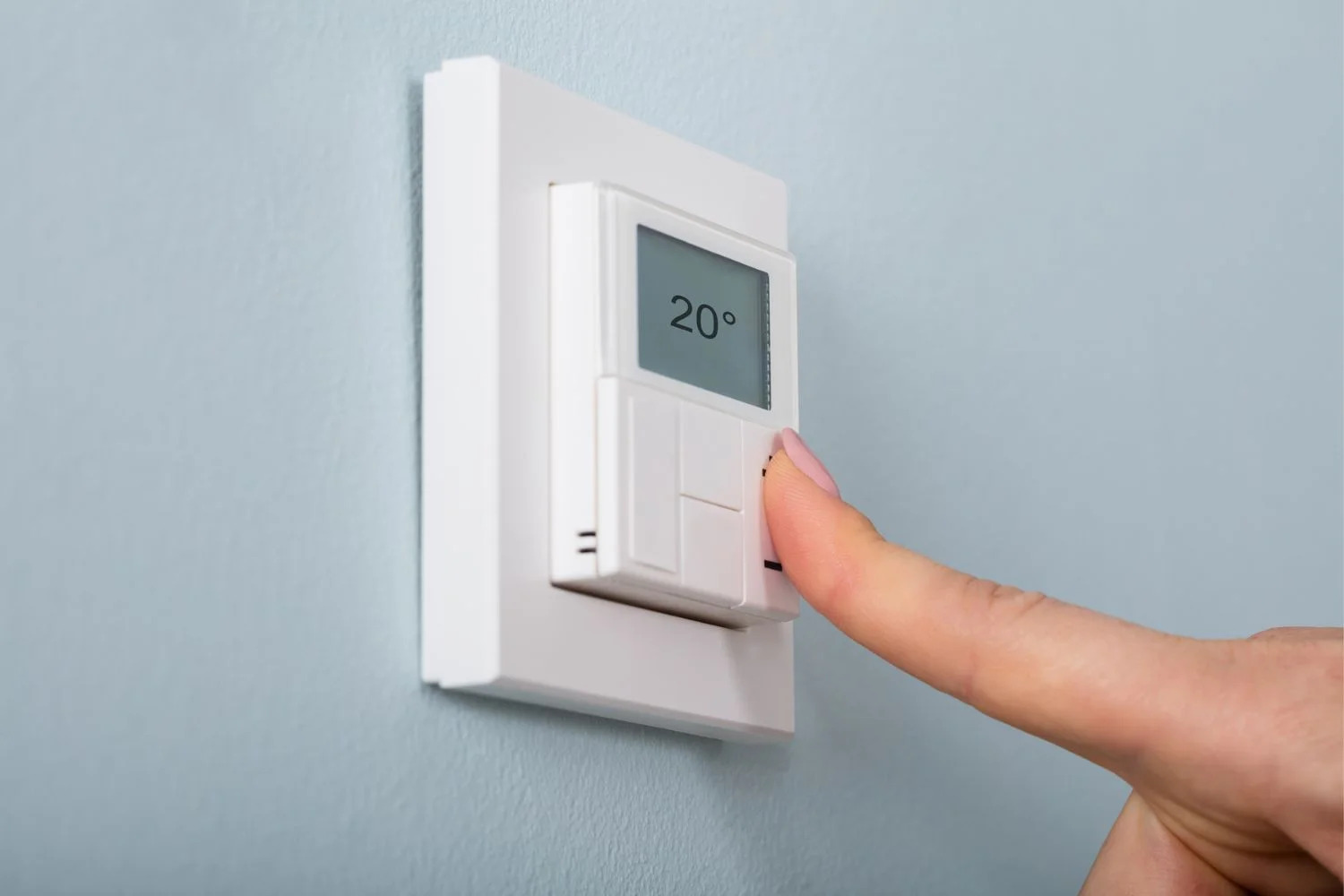

Home Automation Appliances
When To Replace A Thermostat
Modified: October 27, 2024
Learn when to replace a thermostat in your home automation appliances. Find out the signs and symptoms to look for and ensure optimal performance.
(Many of the links in this article redirect to a specific reviewed product. Your purchase of these products through affiliate links helps to generate commission for Storables.com, at no extra cost. Learn more)
Signs of a Faulty Thermostat
Thermostats play a crucial role in maintaining a comfortable and energy-efficient home environment. However, over time, these devices can develop issues that compromise their functionality. Recognizing the signs of a faulty thermostat is essential for ensuring the optimal performance of your heating and cooling systems. Here are some common indicators that may signal a malfunctioning thermostat:
- Inaccurate Temperature Readings: A clear sign of a faulty thermostat is when the temperature displayed on the device does not align with the actual room temperature. This disparity can lead to discomfort and energy inefficiency.
- Frequent HVAC Cycling: If your heating or cooling system turns on and off more frequently than usual, the thermostat may be to blame. This rapid cycling not only compromises comfort but also increases energy consumption.
- Unresponsive Controls: When you adjust the settings on your thermostat and notice no corresponding changes in the indoor temperature, it’s likely that the device is malfunctioning. Unresponsive controls can disrupt the balance of your home’s climate control system.
- Temperature Variations Between Rooms: A malfunctioning thermostat may result in inconsistent temperatures throughout your home. Certain areas may feel significantly warmer or cooler than others, indicating a potential issue with the thermostat’s ability to regulate the HVAC system.
- Constantly Running HVAC System: If your heating or cooling system runs continuously without achieving the desired temperature, the thermostat may be failing to communicate accurate commands to the HVAC equipment.
- Visible Wear and Tear: Physical damage or wear and tear on the thermostat, such as a cracked display or unresponsive buttons, can indicate underlying issues that require attention.
Recognizing these signs of a faulty thermostat empowers homeowners to take proactive measures to address potential issues before they escalate. Regular maintenance and timely replacement of malfunctioning thermostats are crucial for sustaining a comfortable and energy-efficient indoor environment.
Key Takeaways:
- Don’t ignore signs of a faulty thermostat like inaccurate readings, frequent cycling, or unresponsive controls. Regular maintenance and timely replacement are key to a comfortable and energy-efficient home.
- When replacing a thermostat, consider compatibility, programmable features, smart technology, user-friendly interface, energy efficiency, budget, and installation. Follow systematic steps for a successful transition to a new device.
Read more: When To Replace Toilet
Importance of Regular Maintenance
Regular maintenance of your thermostat is essential for ensuring the efficient operation of your heating and cooling systems. By prioritizing routine upkeep, homeowners can mitigate potential malfunctions and extend the lifespan of their HVAC equipment. Here are several reasons why regular thermostat maintenance is crucial:
- Optimized Energy Efficiency: A well-maintained thermostat facilitates precise temperature control, preventing unnecessary energy consumption and reducing utility costs. By ensuring that the thermostat accurately regulates the HVAC system, homeowners can minimize energy waste.
- Enhanced Comfort: Properly maintained thermostats contribute to consistent and comfortable indoor environments. By promptly addressing any issues through regular maintenance, homeowners can avoid temperature discrepancies and ensure a pleasant living space.
- Extended Equipment Lifespan: Regular maintenance helps identify and address potential problems before they escalate, thereby prolonging the lifespan of the HVAC system. By addressing minor issues early on, homeowners can prevent more significant malfunctions that could lead to costly repairs or premature equipment replacement.
- Improved Indoor Air Quality: A well-maintained thermostat supports the efficient operation of air filtration and ventilation systems, contributing to better indoor air quality. This is particularly important for individuals with respiratory conditions or allergies.
- Prevention of Sudden Failures: Routine maintenance reduces the likelihood of sudden thermostat failures, which can disrupt the comfort and convenience of a home. By proactively addressing any emerging issues, homeowners can avoid unexpected breakdowns and the associated inconveniences.
By recognizing the importance of regular thermostat maintenance, homeowners can prioritize the upkeep of this critical component of their HVAC system. Whether through DIY checks or professional servicing, regular maintenance ensures that the thermostat operates optimally, contributing to energy efficiency, comfort, and the longevity of the entire heating and cooling system.
Factors to Consider When Replacing a Thermostat
When the time comes to replace a thermostat, several key factors should be taken into consideration to ensure that the new device aligns with your home’s heating and cooling needs. By carefully evaluating these factors, homeowners can make informed decisions and select a thermostat that optimally suits their requirements. Here are the essential considerations when replacing a thermostat:
- Compatibility with HVAC System: It’s crucial to ensure that the new thermostat is compatible with your existing heating, ventilation, and air conditioning (HVAC) system. Factors such as voltage requirements, system type (e.g., central HVAC, heat pump, or multi-stage systems), and wiring configuration should be carefully assessed to determine compatibility.
- Programmable Features: Consider whether you prefer a basic manual thermostat or a programmable model with advanced features. Programmable thermostats offer the flexibility to schedule temperature adjustments, potentially leading to energy savings and enhanced comfort.
- Smart Technology Integration: With the increasing popularity of smart home devices, homeowners may opt for a Wi-Fi-enabled or smart thermostat. These innovative devices allow for remote temperature control, energy usage monitoring, and integration with smart assistants or home automation systems.
- User-Friendly Interface: The ease of use and clarity of the thermostat’s interface are important factors to consider, especially for households with varying levels of technological proficiency. Intuitive controls and clear displays enhance user experience and ensure convenient operation.
- Energy Efficiency Features: Look for energy-saving features such as adaptive learning, geofencing, and energy usage reports when selecting a new thermostat. These capabilities can contribute to reduced energy consumption and lower utility bills over time.
- Budget and Long-Term Savings: Evaluate the initial cost of the thermostat alongside potential long-term energy savings. While advanced models may have a higher upfront cost, their energy-efficient features can lead to substantial savings over the lifespan of the device.
- Installation and Wiring Requirements: Consider whether the new thermostat can be easily installed within your home’s existing wiring setup. Some models may require professional installation, while others are designed for straightforward DIY setup.
By carefully considering these factors, homeowners can select a replacement thermostat that aligns with their specific HVAC system, lifestyle preferences, and energy efficiency goals. Whether opting for a programmable, smart, or basic manual thermostat, thorough consideration of these factors ensures a well-informed decision and optimal performance of the new device.
If your thermostat is not maintaining the set temperature, it may be time to replace it. Also, if your heating or cooling system is constantly running or not turning on, the thermostat could be the issue.
Steps to Replace a Thermostat
Replacing a thermostat is a manageable task that can enhance the efficiency and functionality of your home’s heating and cooling systems. By following a systematic approach, homeowners can successfully install a new thermostat, ensuring seamless operation and optimal temperature control. Here are the essential steps to replace a thermostat:
- Turn Off Power: Begin by turning off the power to the heating, ventilation, and air conditioning (HVAC) system at the circuit breaker. This precautionary measure ensures safety during the replacement process.
- Remove Old Thermostat: Carefully remove the cover of the old thermostat to access the wiring. Take note of the wire terminals and their corresponding labels, as well as the existing thermostat’s mounting configuration.
- Label Wires: Label each wire based on its terminal designation to facilitate the connection of the new thermostat. This step is crucial for ensuring accurate wiring and preventing potential errors during installation.
- Detach Old Thermostat: Unscrew and detach the old thermostat from the wall, taking care to note the placement of the mounting screws and any wall anchors. Discard the old thermostat responsibly.
- Prepare Mounting Surface: Clean the mounting surface to ensure a secure and level installation for the new thermostat. Remove any residual adhesive or debris from the previous thermostat’s mounting location.
- Connect New Thermostat: Carefully connect the labeled wires to the corresponding terminals on the new thermostat. Follow the manufacturer’s instructions and ensure that the connections are secure and correctly aligned.
- Mount New Thermostat: Securely mount the new thermostat to the wall, aligning it with the previously prepared mounting surface. Ensure that the device is level and firmly attached, using the provided screws and wall anchors if necessary.
- Restore Power and Test: Once the new thermostat is securely installed, restore power to the HVAC system at the circuit breaker. Follow the manufacturer’s instructions to program the new thermostat and conduct test runs to verify its functionality.
- Adjust Settings: Set the desired temperature and program any additional features offered by the new thermostat, such as scheduling, energy-saving modes, or smart home integrations.
By following these steps, homeowners can confidently replace a thermostat, ensuring a smooth transition to a new device that aligns with their heating and cooling needs. Careful attention to wiring, mounting, and testing procedures contributes to the reliable and efficient operation of the new thermostat, enhancing the comfort and energy efficiency of the home.
Conclusion
Understanding the signs of a faulty thermostat, the importance of regular maintenance, and the factors to consider when replacing a thermostat empowers homeowners to uphold the efficiency and comfort of their indoor environments. By recognizing the indicators of a malfunctioning thermostat and prioritizing routine maintenance, individuals can address potential issues proactively, ensuring optimal temperature control and energy efficiency.
When the time comes to replace a thermostat, careful consideration of compatibility, programmable features, smart technology integration, user-friendly interfaces, energy efficiency capabilities, budget, and installation requirements facilitates the selection of a device that aligns with specific household needs and preferences. By evaluating these factors, homeowners can make informed decisions and choose a thermostat that enhances comfort while contributing to long-term energy savings.
The process of replacing a thermostat involves systematic steps, including turning off power, removing the old thermostat, labeling wires, preparing the mounting surface, connecting and mounting the new thermostat, restoring power, testing, and adjusting settings. Following these steps ensures a successful transition to a new thermostat, promoting reliable temperature control and efficient operation of the heating and cooling systems.
Ultimately, by remaining attentive to the condition of their thermostats, prioritizing regular maintenance, and approaching the replacement process with careful consideration and systematic installation, homeowners can sustain comfortable and energy-efficient indoor environments. Through these efforts, individuals can effectively manage their home’s climate control systems, contributing to enhanced comfort, reduced energy consumption, and prolonged equipment lifespan.
Frequently Asked Questions about When To Replace A Thermostat
Was this page helpful?
At Storables.com, we guarantee accurate and reliable information. Our content, validated by Expert Board Contributors, is crafted following stringent Editorial Policies. We're committed to providing you with well-researched, expert-backed insights for all your informational needs.

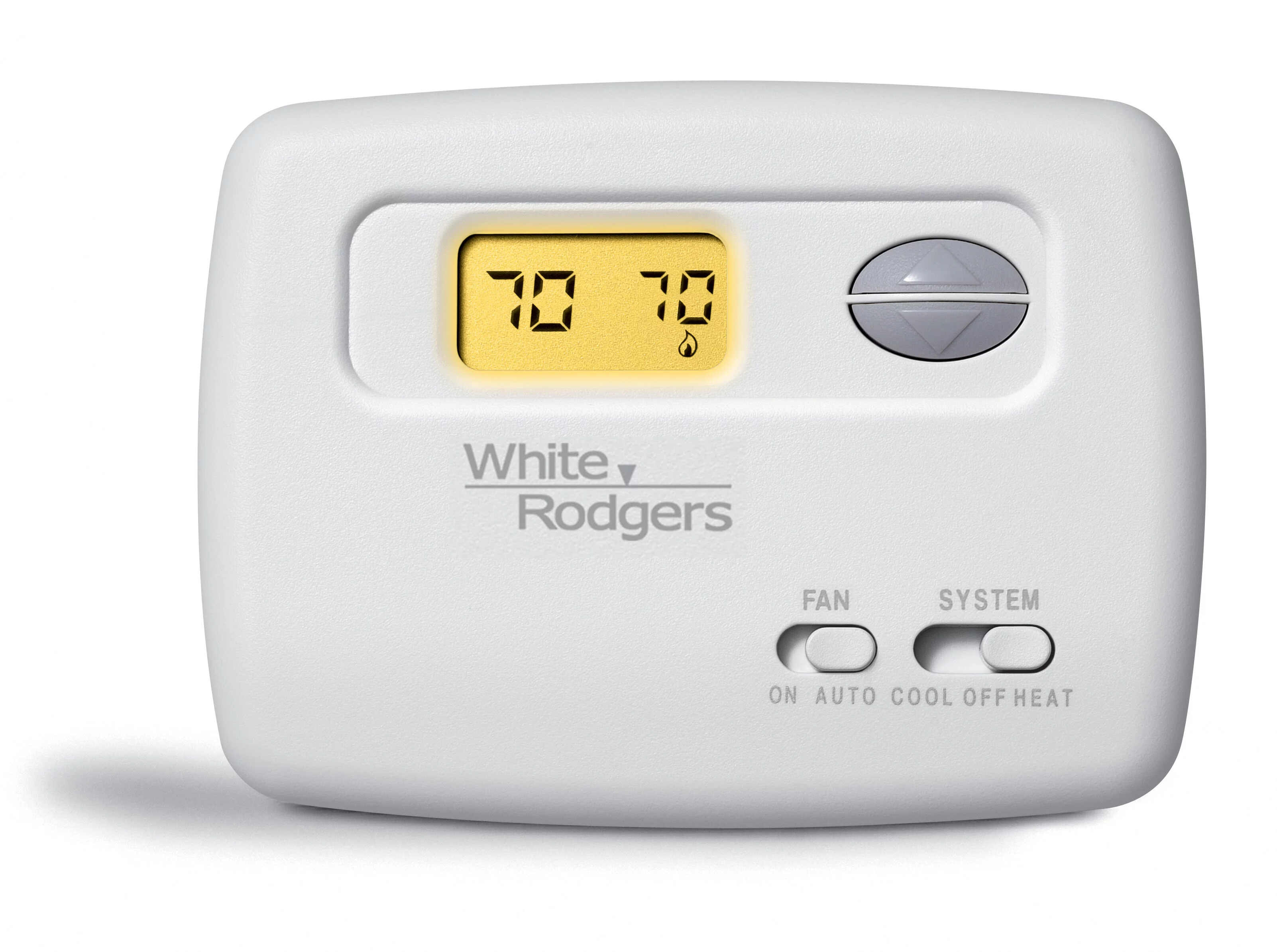
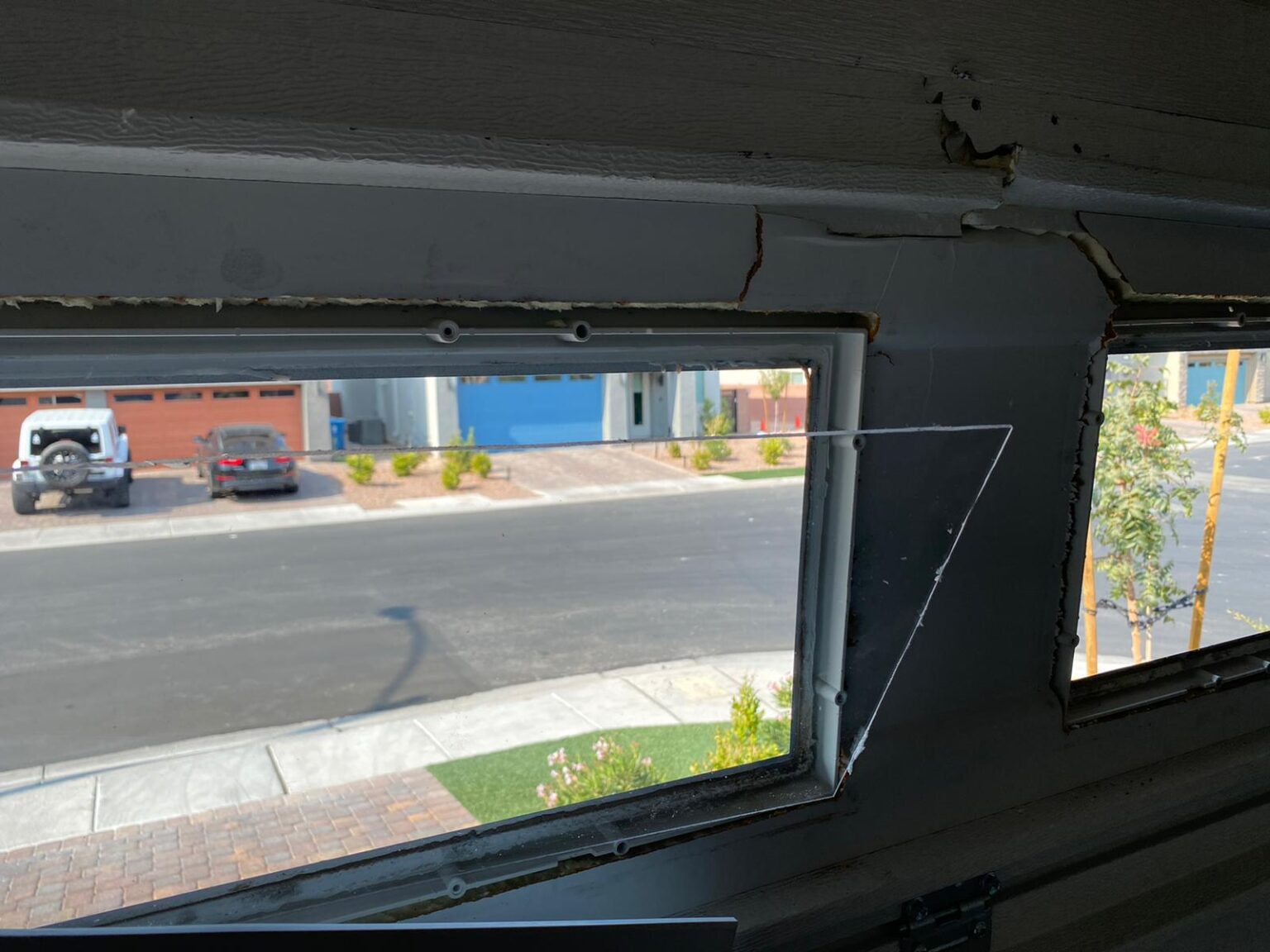
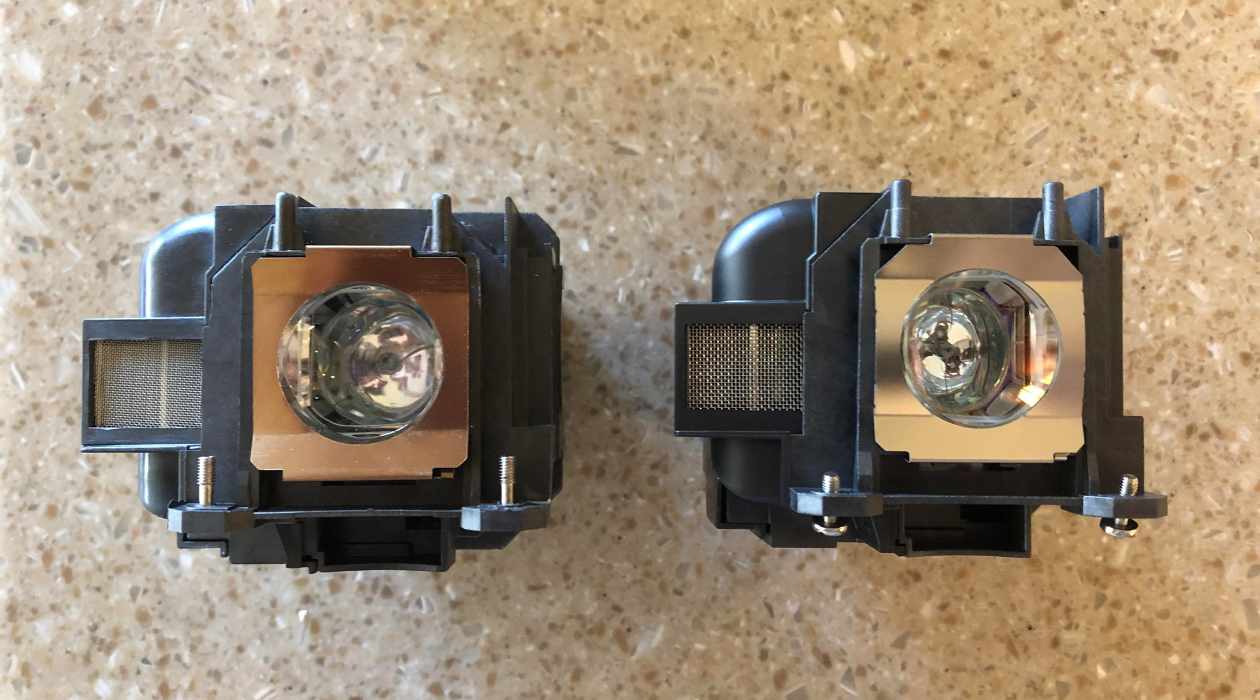
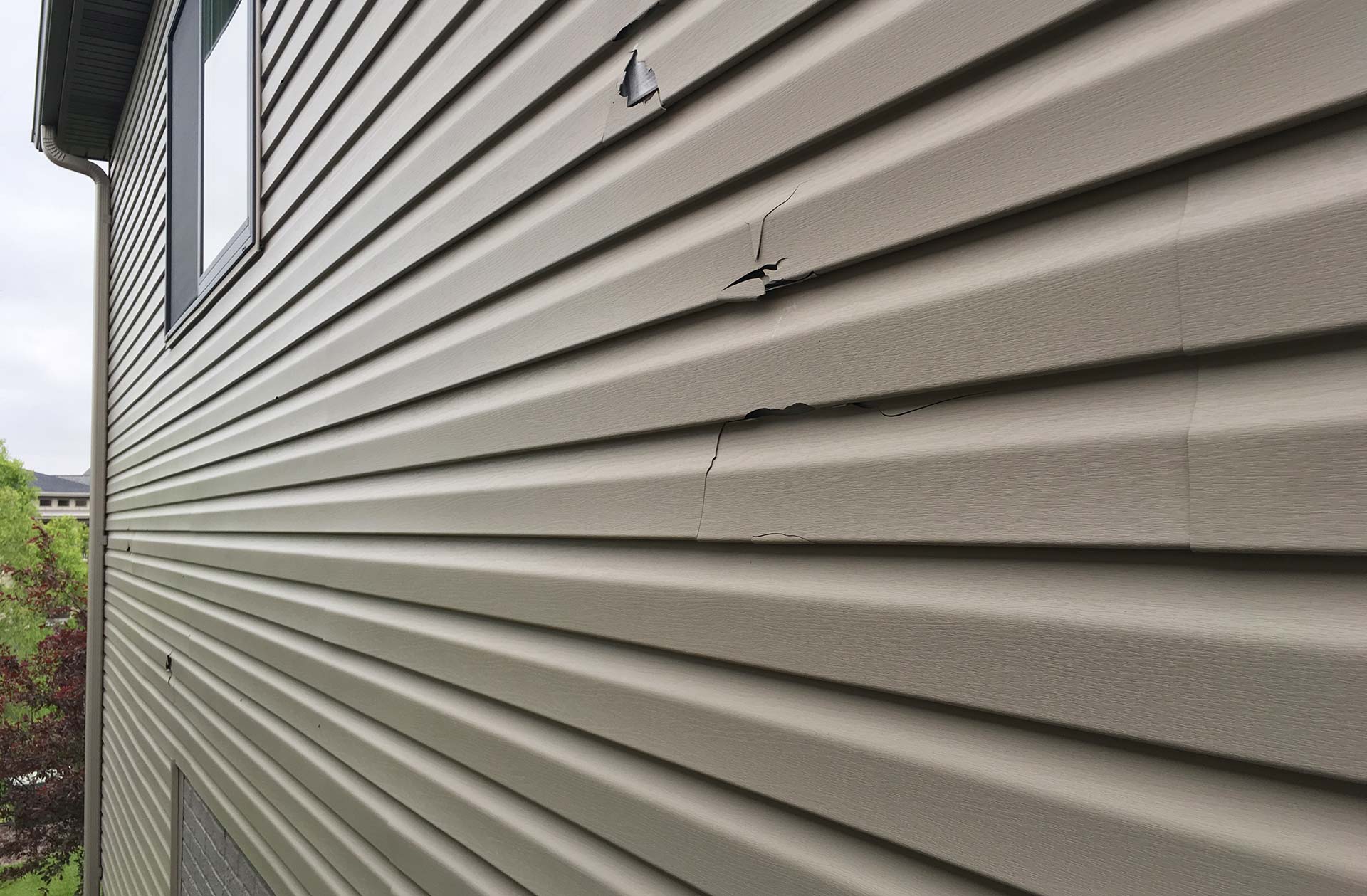
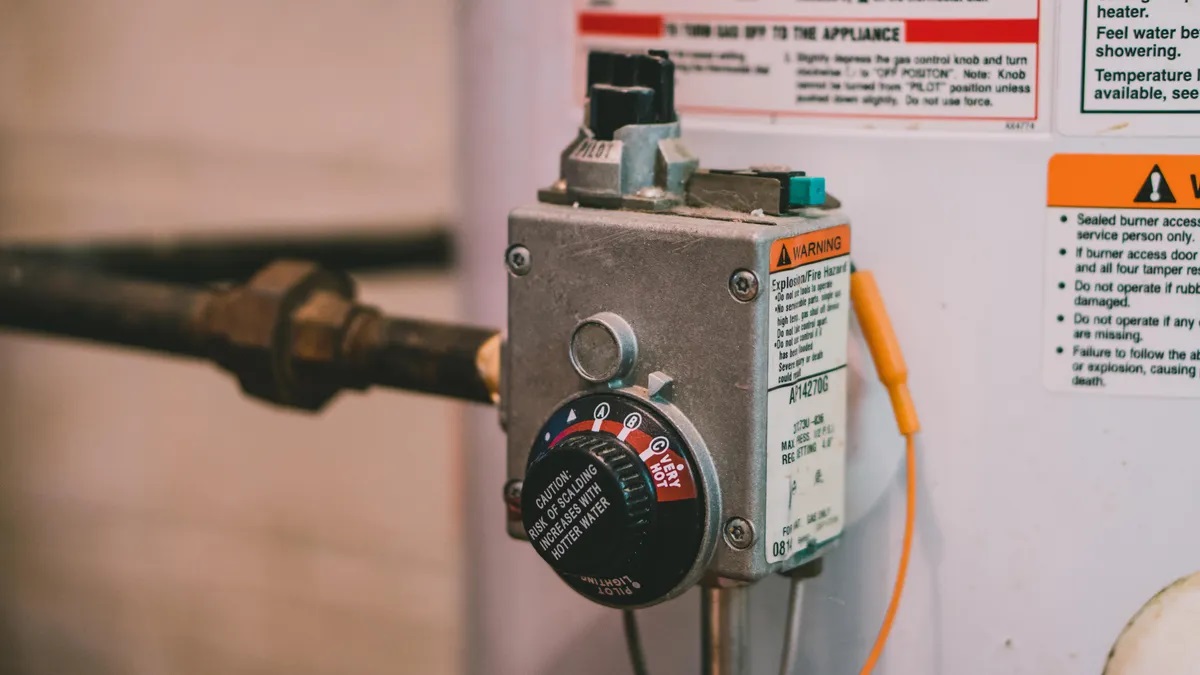
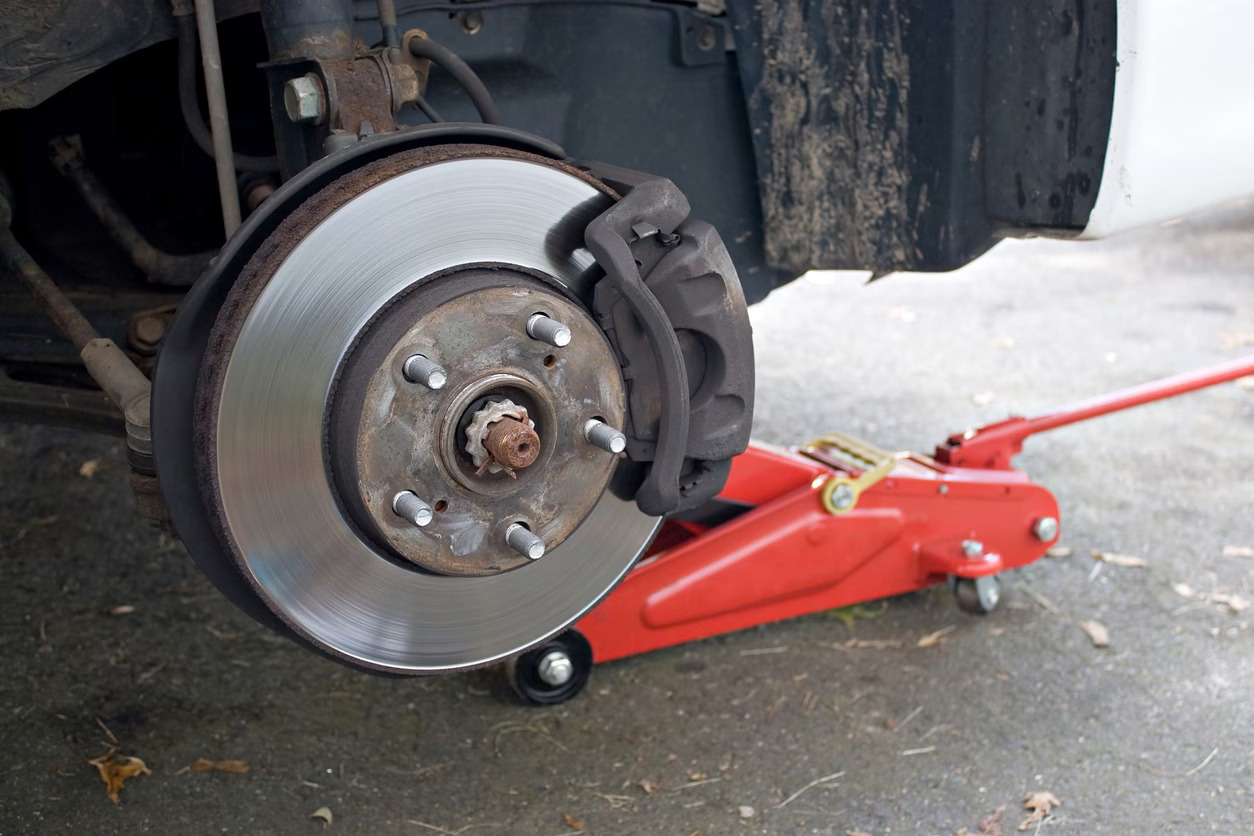

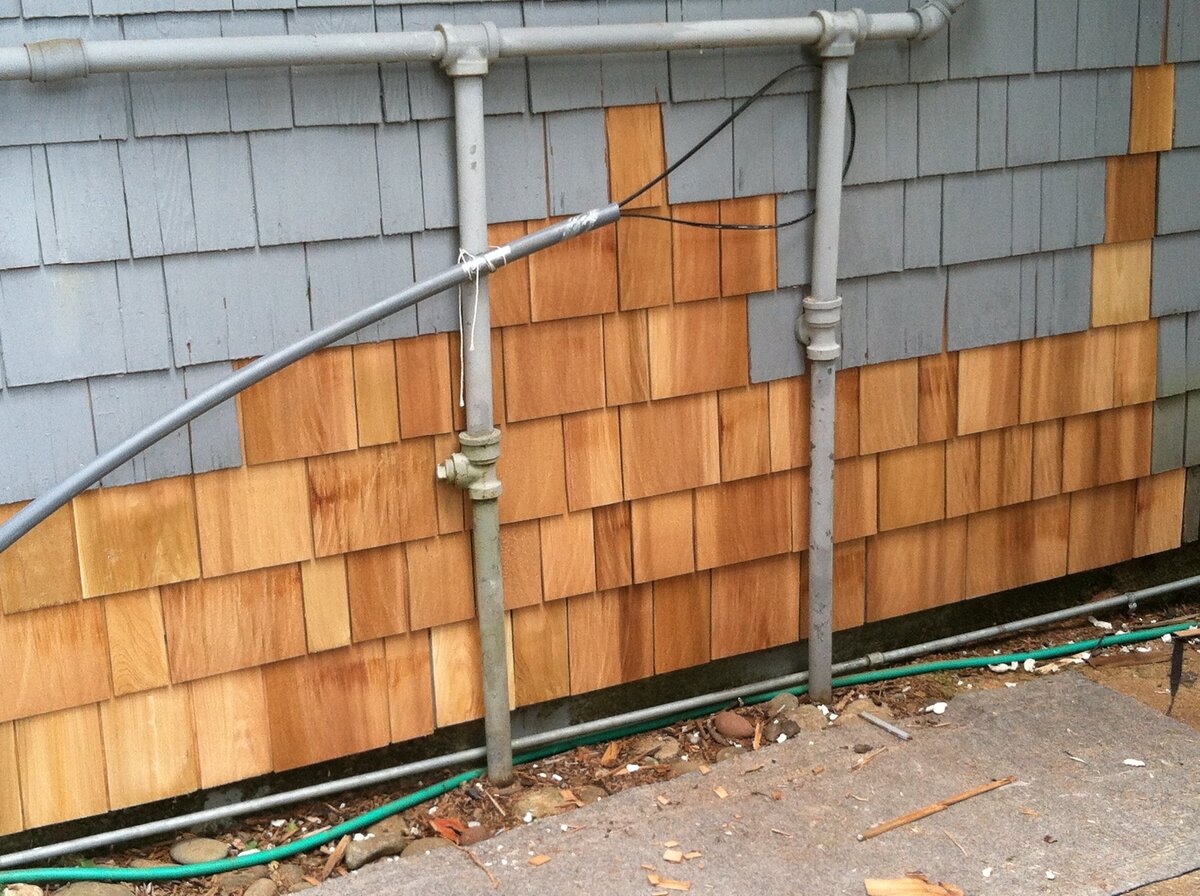

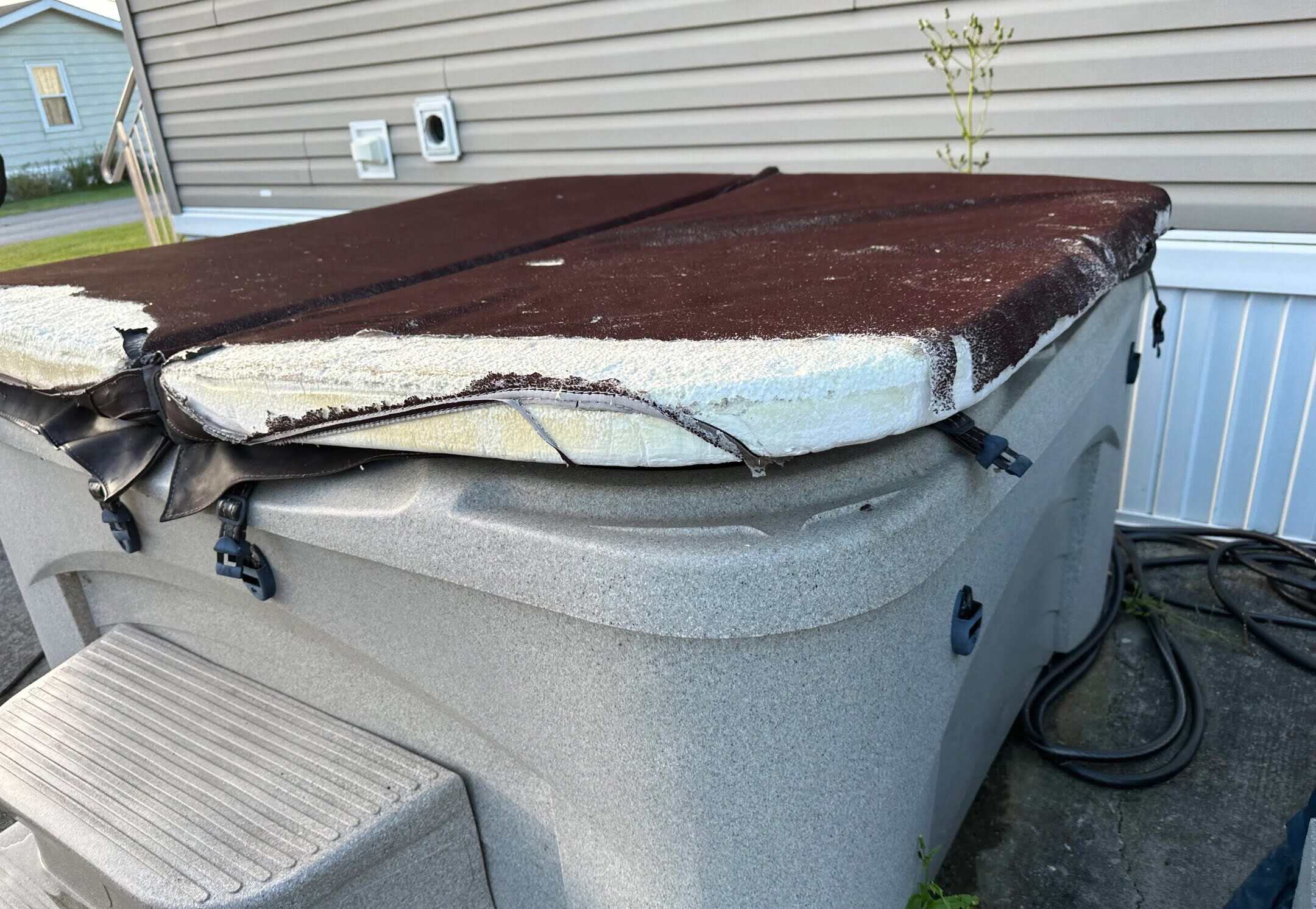
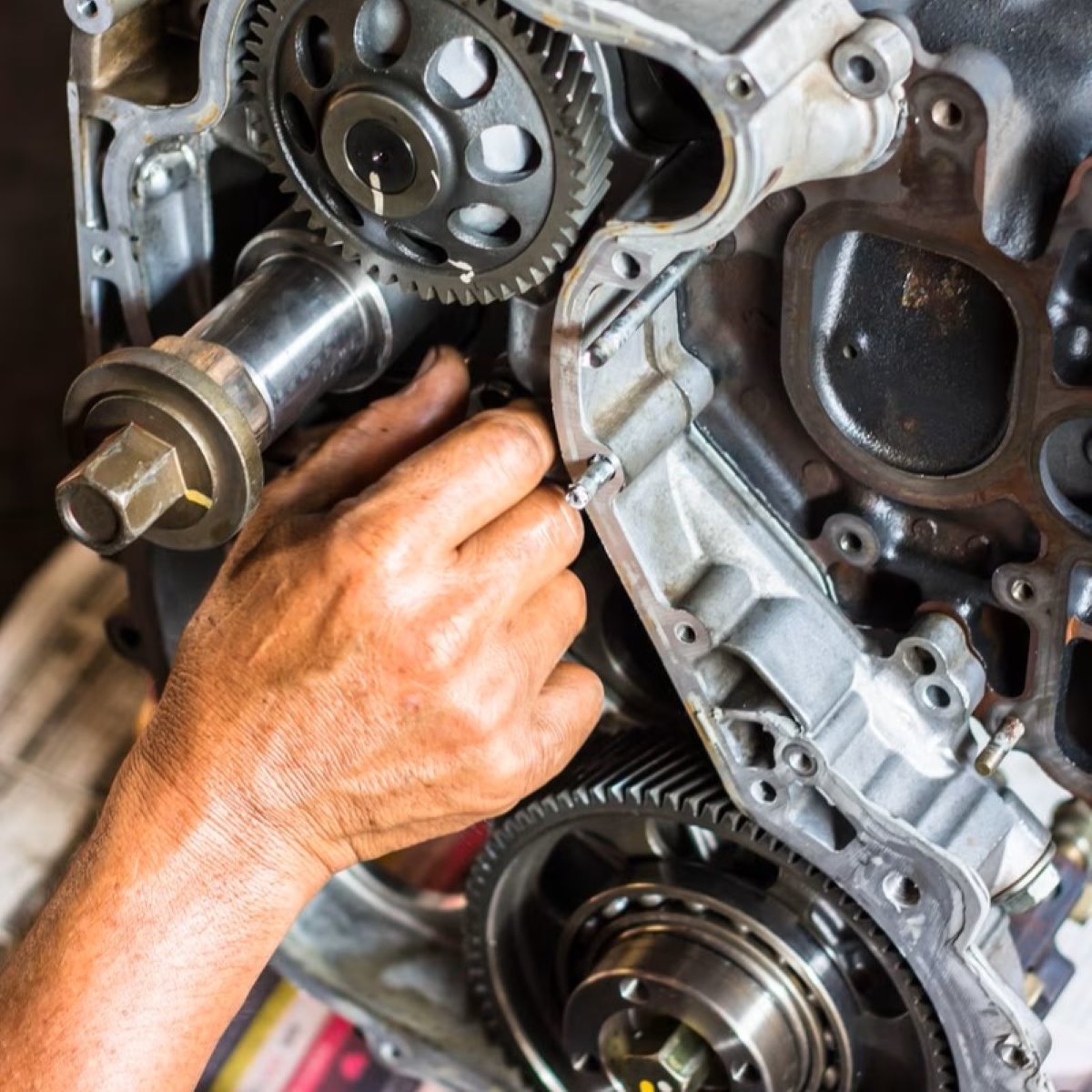
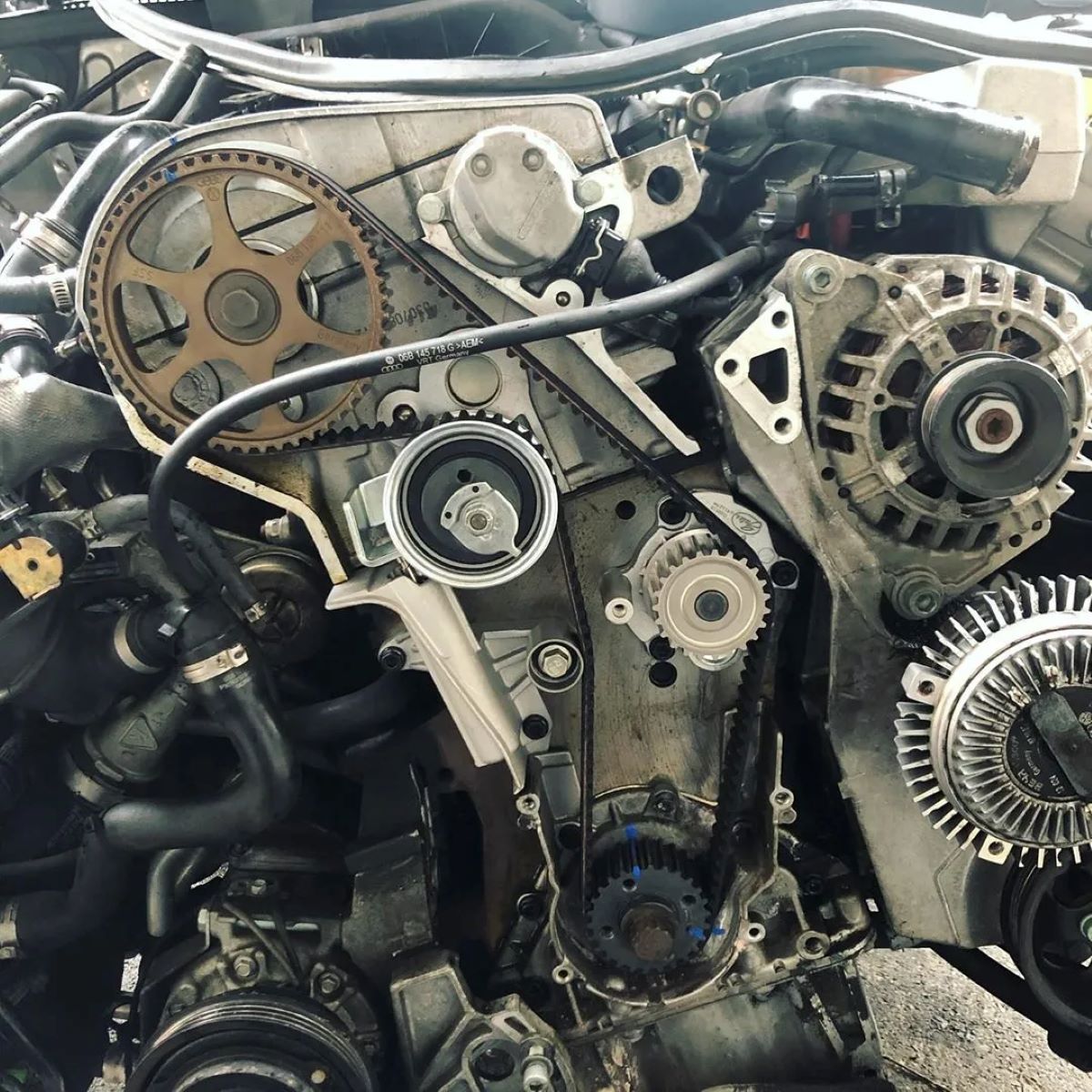
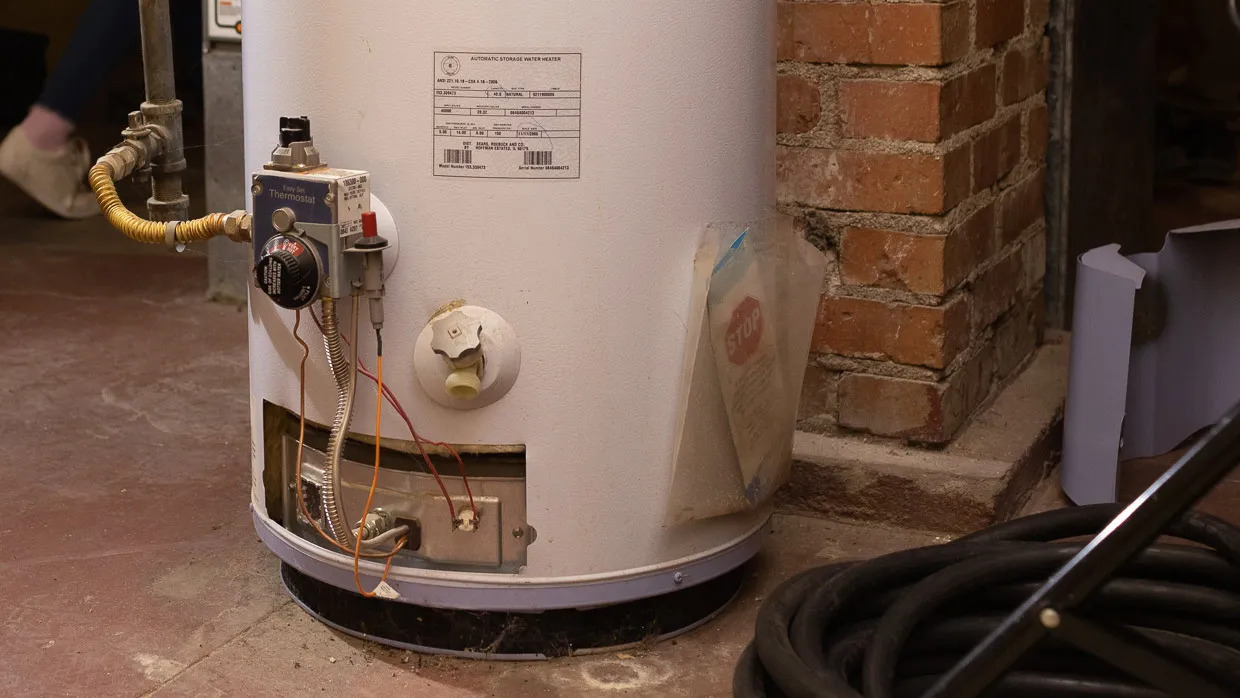


0 thoughts on “When To Replace A Thermostat”